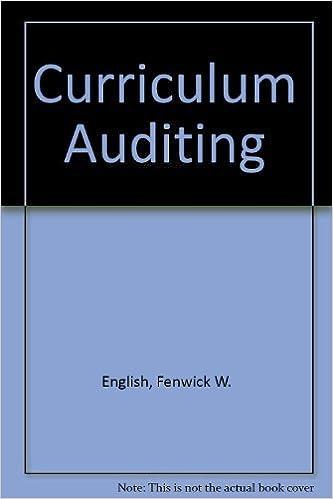Question
Price and Demand Remember that demand is related to price: as the price increases, you expect demand to fall. In order to estimate this relationship
Price and Demand
Remember that demand is related to price: as the price increases, you expect demand to fall. In order to estimate this relationship between price and demand, Justin has conducted a brief survey, asking people, What is the highest price youd be willing to pay for this handmade cutting board? After collecting responses, he got the following results:
| Max price | Responses |
| $20 | 16 |
| $25 | 14 |
| $30 | 12 |
| $35 | 9 |
| $40 | 8 |
| $45 | 7 |
| $50 | 6 |
| $55 | 12 |
| $60 | 4 |
| $65 | 12 |
Your goal is to use this information to find a function that estimates the price as a function of x (quantity). To do this, you need the total demand (x) for each given price value ($20 up to $65). For example, 4 people said theyd be willing to pay up to $60, and 12 said theyd be willing to pay up to $65, so in reality, if the price were set at $60, youd expect all of these 16 people to be willing to pay that much. What you really need, then, is a cumulative table, where you count the total number of people who would be willing to pay each price:
| Max price | Quantities |
| $20 |
|
| $25 |
|
| $30 |
|
| $35 |
|
| $40 |
|
| $45 |
|
| $50 |
|
| $55 |
|
| $60 |
|
| $65 |
|
Step by Step Solution
There are 3 Steps involved in it
Step: 1

Get Instant Access to Expert-Tailored Solutions
See step-by-step solutions with expert insights and AI powered tools for academic success
Step: 2

Step: 3

Ace Your Homework with AI
Get the answers you need in no time with our AI-driven, step-by-step assistance
Get Started


